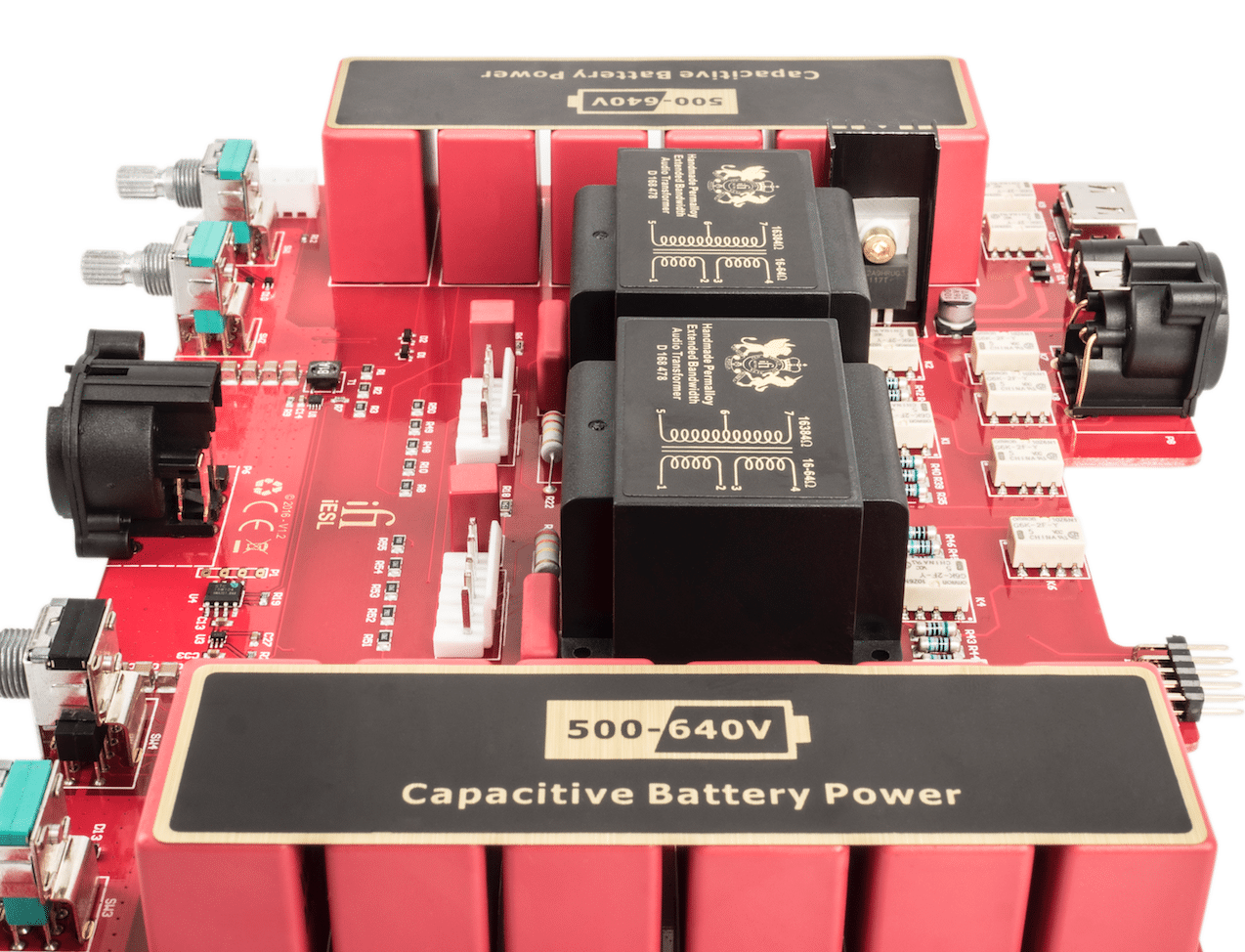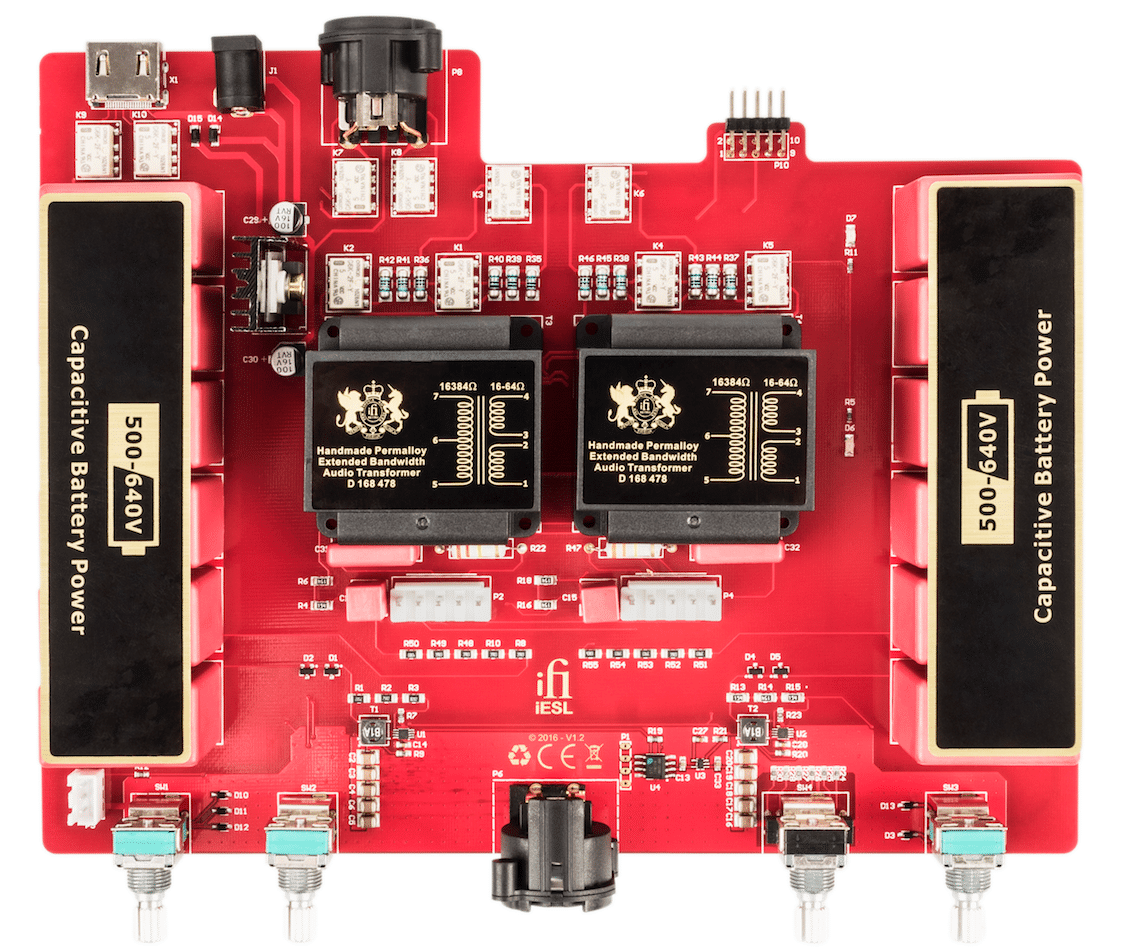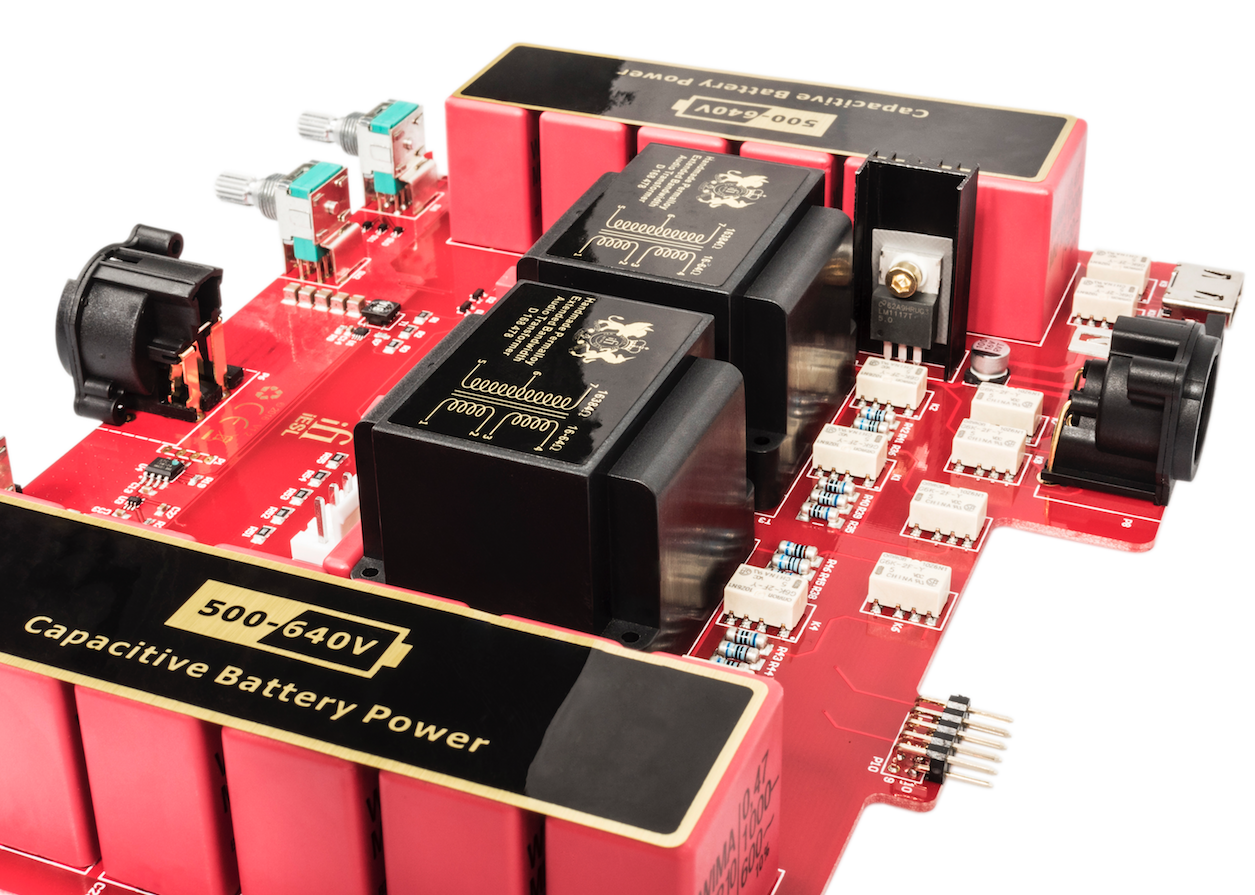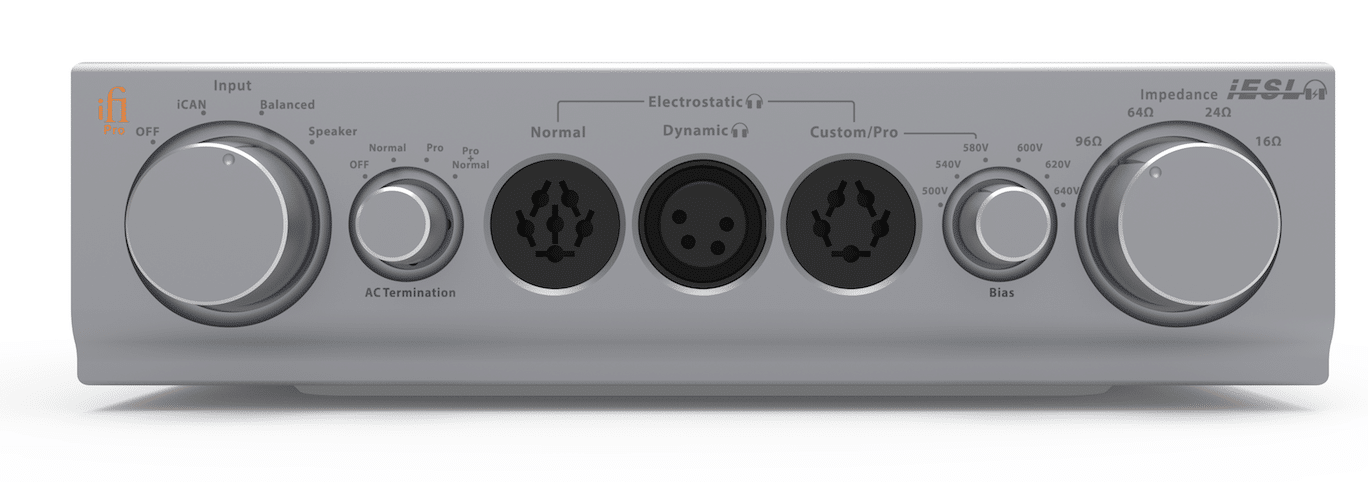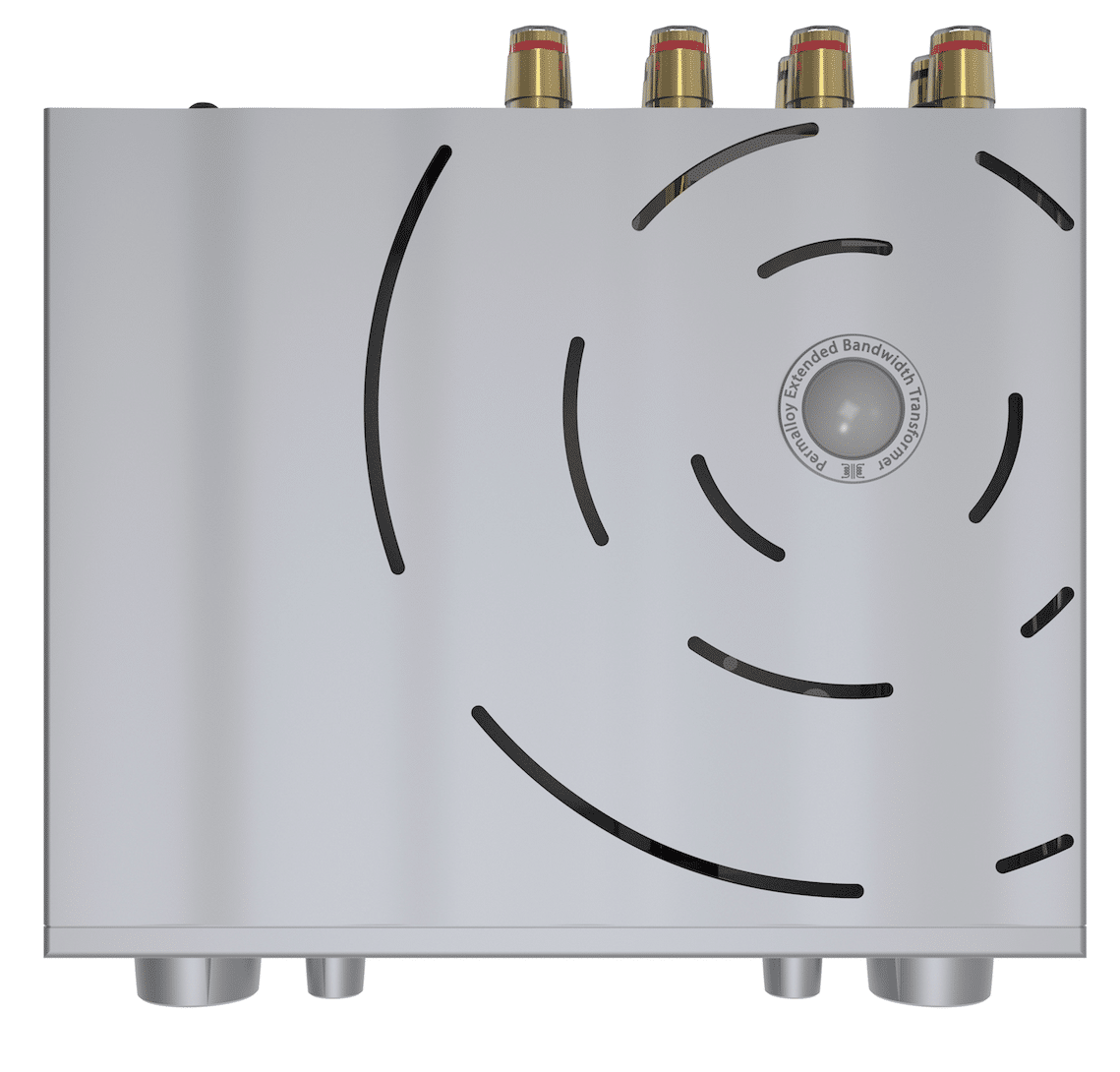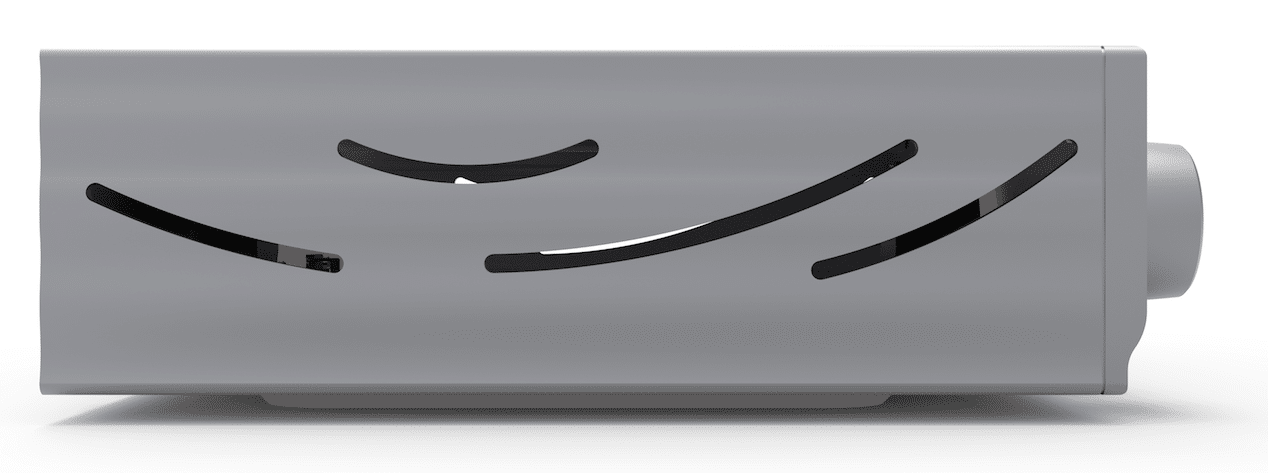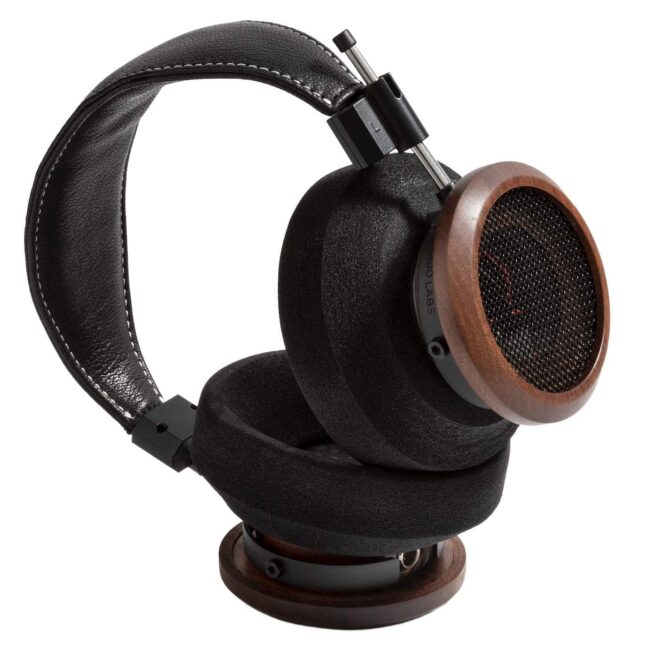The Article
iFi Pro iESL: An Energiser for Electrostatic Headphones
27th September 2017
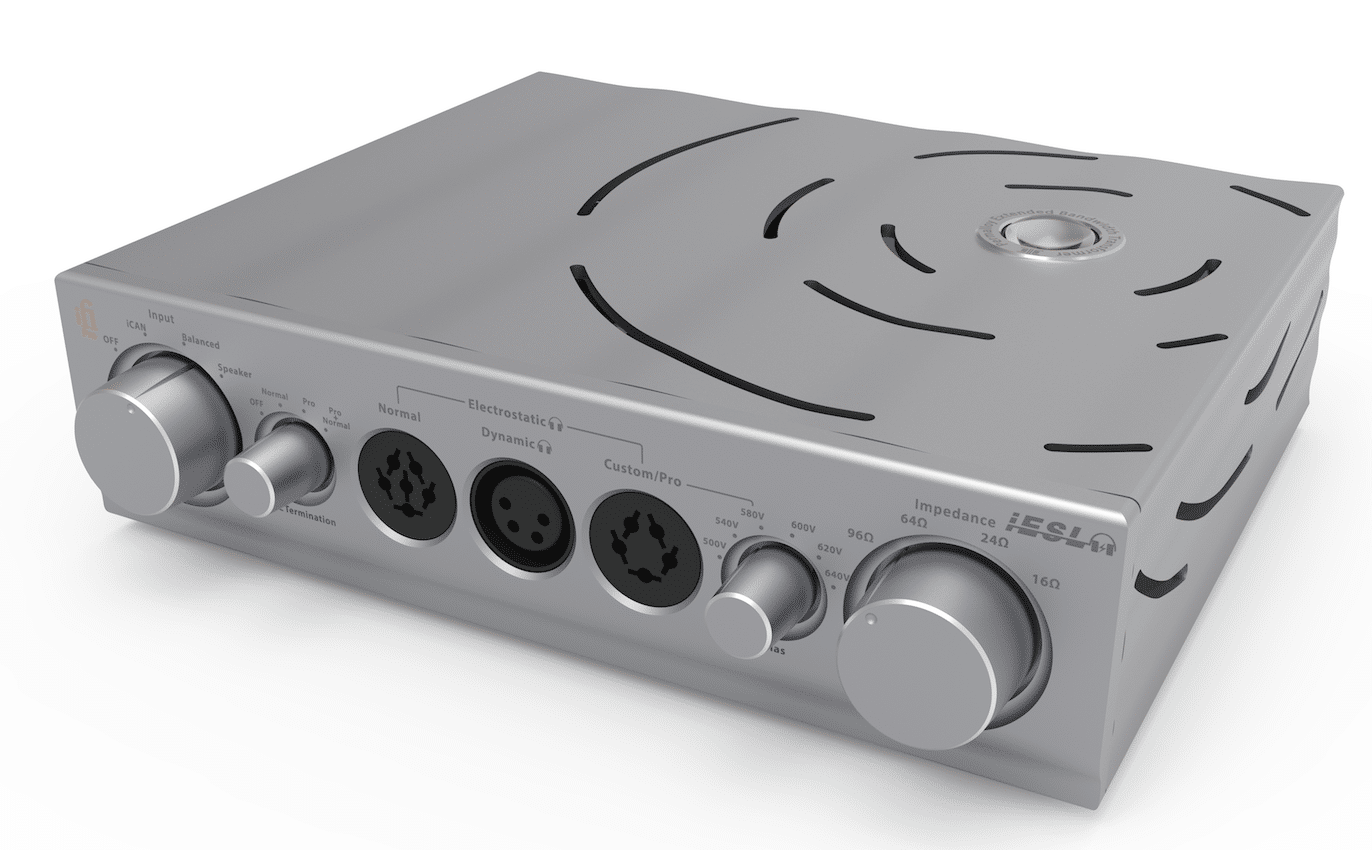
Promising to give your electrostatic headphones a performance boost, Paul Rigby review iFi’s new Pro iESL energiser
The problem with most headphone amplifiers is that they are geared towards dynamic headphones. If you have a pair of electrostatic headphones then you really have to look at slightly more specialist pieces of kit. Sometimes a manufacturer of these rarified headphones will provide their own (I have a Stax-branded drive unit to accompany my Stax headphones, for example) but you can also buy third party units.
Because electrostatic headphones are unique in how they produce sound, their amplification systems are slightly more complicated. Older style ‘energisers’ paired with the speakers’ amplifier and acted as a step-up transformer to provide the required high voltage. Modern Stax ‘energisers’…aren’t really, which is why it refers to them now as Drive Units. They are self contained units with built in balanced amplifiers. It means you can now take the headphone/energiser combination into another room and connect line sources into it, such as a CD player and use it separately as a stand alone system.
This new iESL box from iFi takes the older – and some might say purer – approach. Hence, you need to either connect the iESL to another headphone amplifier (but only if that head amp has a balanced XLR socket and many do not, of course) or you can connect the iESL to iFi’s own iCAN headphone amplifier using the ESL link cable (this looks like a HDMI socket on each box) or you can do what energisers have been doing for many years: you can plug your speakers’ cables directly into the iESL itself and power it using your amplifier.
For the iESL, you can connect 6-pin Stax headphones (230V) into the front of this unit as well as more modern 5-pin Stax units of 500V to 640V (A Bias Voltage knob is also available to select the correct voltage which means that other units from Koss, Sennhesier and the like can also be used with the iESL). A 4-pin XLR socket for Audeze and AKG headphones is available too.
Impedance is but another knob twiddle away, from 16 to 96 Ohms.
You will also find a power socket around the back to power up the iESL. If you are hooking the iESL to the iCAN, though, you don’t need to power up the iESL. The iCAN will provide enough power for both.
The iESL is a feature-laden box. It even provides an EQ-like AC Termination option. When engaged, iFi declares that it, “mainly affects the presentation of the 3D soundscape”. I was eager to test this option to see if it was useful or a silly gimmick.
You can read more about the technical wizardry inside this chassis HERE.
Spanning 213 x 206 x 63mm, the iESL is robust and well made with a meaty 2.5kg weight.
IN USE
I wanted to create a broad-based and level playing field for this test, especially as the iESL is not, in itself, a headphone amplifier and required external power to run.
I decided to test two sets of electrostatic headphones with this unit. A pair of relatively cheap Stax SR202 Basics and a pair of high-end Stax 007 headphones.
The most accessible and sensible, at least via my hi-fi chain, method of sourcing music was to directly insert the speaker cable terminations from my Icon Audio valve monoblocks right into the rear if the iESL. I chose this method because balanced XLR connectors on headphone amplifiers are not absolutely common and I wanted this review to appeal to as many potential users as possible. I also kept the iCAN out of the equation because not everyone will want to purchase an iCAN just to run an iESL.
More than anything else, this method provided large amounts of power as well as a valve-enhanced response because my hi-fi chain is completely valve fed. This chain would also provide the best and most direct method of comparing the iFi with my reference Stax 007tII drive unit which, in my case, is also valve-based and uses paired valves to enhance the sonics.
I set the impedance/bias for both headphones on the iESL and moved onto the sound tests.
SOUND QUALITY
Using the SR202 Basics, I began with a jazz-infected song and Nat King Cole’s ballad Time And the River from the LP, Looking Back. This song suffers a touch from some inherent compression which can make the Cole vocal a tad pinched in the upper mids.
Right from the off, I could hear an immediate difference while using the iESL and that difference was low noise. The upper mids were airy and spacious which meant that the backing orchestra behind Cole benefitted from enhanced instrumental separation. Thus, the bouncy and twangy electric rhythm guitar sounded like it was enjoying actual distance between it and the rest of the instrumental bank while the piano notes were round and fully formed. Percussion, principally in the form of a ride cymbal plus an additional cymbal, offered lots of information along with a complex suite of cymbal taps to give the soundstage a rich and intricate presentation.
Cole’s lead vocal, meanwhile, was smooth and fluid in its delivery. This, of course, was Cole’s entire raison d’être so the iFi was merely enhancing the main feature of the vocal. In addition, the compressed nature of the track, heard principally during the Cole crescendos, was opened up so that, while the compression never left the song, the iESL did make it bearable.
The background vocals, a group harmony of wordless sounds, were now enhanced by a new clarity while the precision meant that the extra insight allowed the ear to identify new elements of the harmony construction.
Next? The 007 headphones were heard via prog rock from 1970 and the band T2. I selected their Decca album, It’s All Work Out in Boomland with the track In Circles.
Again, the low noise personality of the iESL was recognised immediately during the acoustic guitar strumming at the beginning of this track. The strings established their own minor reverb tails to give the instrument a spacious response and slightly ethereal nature. The lead vocal, meanwhile, was slightly lean, mobile and responsive to each notation change. Bass was opened up a tad, was pleasantly agile and retained an insightful nature in the lower frequencies. The iESL had no problem tracking the bass guitar throughout.
Percussion on the iESL benefitted from the space as the instrumental separation managed to add a sense of clarity, allowing the ear to pick up fine detail in the upper frequencies, especially during more frantic, high energy sequences where everything seemed to be happening at once. The iESL was excellent in discerning tiny details here including the treble-infused cymbals.
Speaking of tiny details, I noted that the iESL even highlighted a slight ringing tone during guitar solo pauses, adding extra atmosphere to this sequence.
I then tried the AC Termination feature which changed the entire soundstage in small but highly significant ways. Principally, it created a 3D space in which the voice or instruments were separated by its reverb or the after effects of the tonal attack by a tiny delay which enlarged the soundstage in terms of overall space. The soundstage seemed more layered as a result. As you might pick up a piece of sheep’s wool, then pull and tease it see see the individual threads of the wool so the AC Termination did the same with sound. I was happy to hear this effect, not as a gimmick, but one in which I would be perfectly happy to have as a default setting.
CONCLUSION
I was very impressed with the iESL. It benefitted dramatically from a lowering of noise which opened up the upper midrange frequencies to new and complex detail while the additional enhancements such as AC Termination provided a beautifully structured and complex soundstage. Offering a host of options and features, the iESL is packed with value too. Any electrostatic headphone fan needs to grab a demo.
IFI Pro iESL
Price: £1,395
Tel: 01900 601954
Website: ifi-audio.com
GOOD: price, feature count, low noise, useful EQ settings,
BAD: nothing
RATING: 8
REFERENCE
Origin Live Sovereign turntable
Origin Live Enterprise 12″ arm
Transfiguration Proteus cartridge
Stax SR202 Basic headphones
Stax 007 headphones
Stax 007tII valve drive unit
Icon PS3 phono amplifier
Leema Elements CD Player
Aesthetix Calypso pre-amp
Icon Audio MB845 Mk.II monoblock amplifiers
Vertex AQ & Atlas cables
Harmonic Resolution Systems Noise Reduction Components
All vinyl was cleaned using an Audio Desk’s Ultrasonic Pro Vinyl Cleaner

